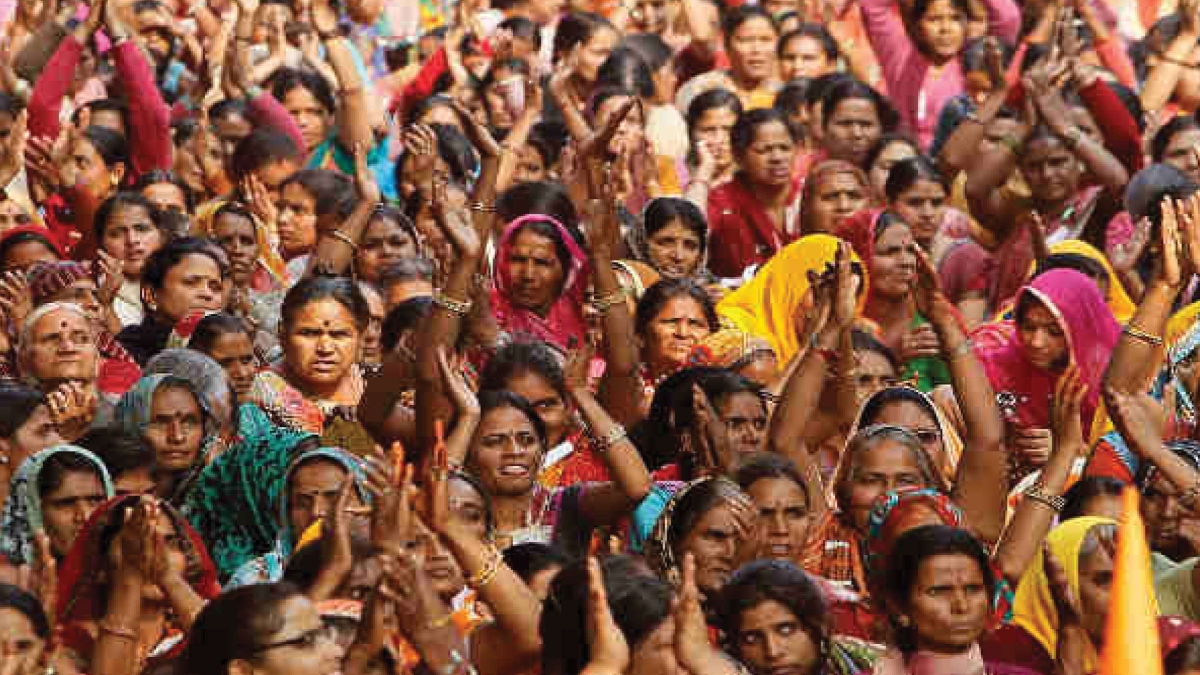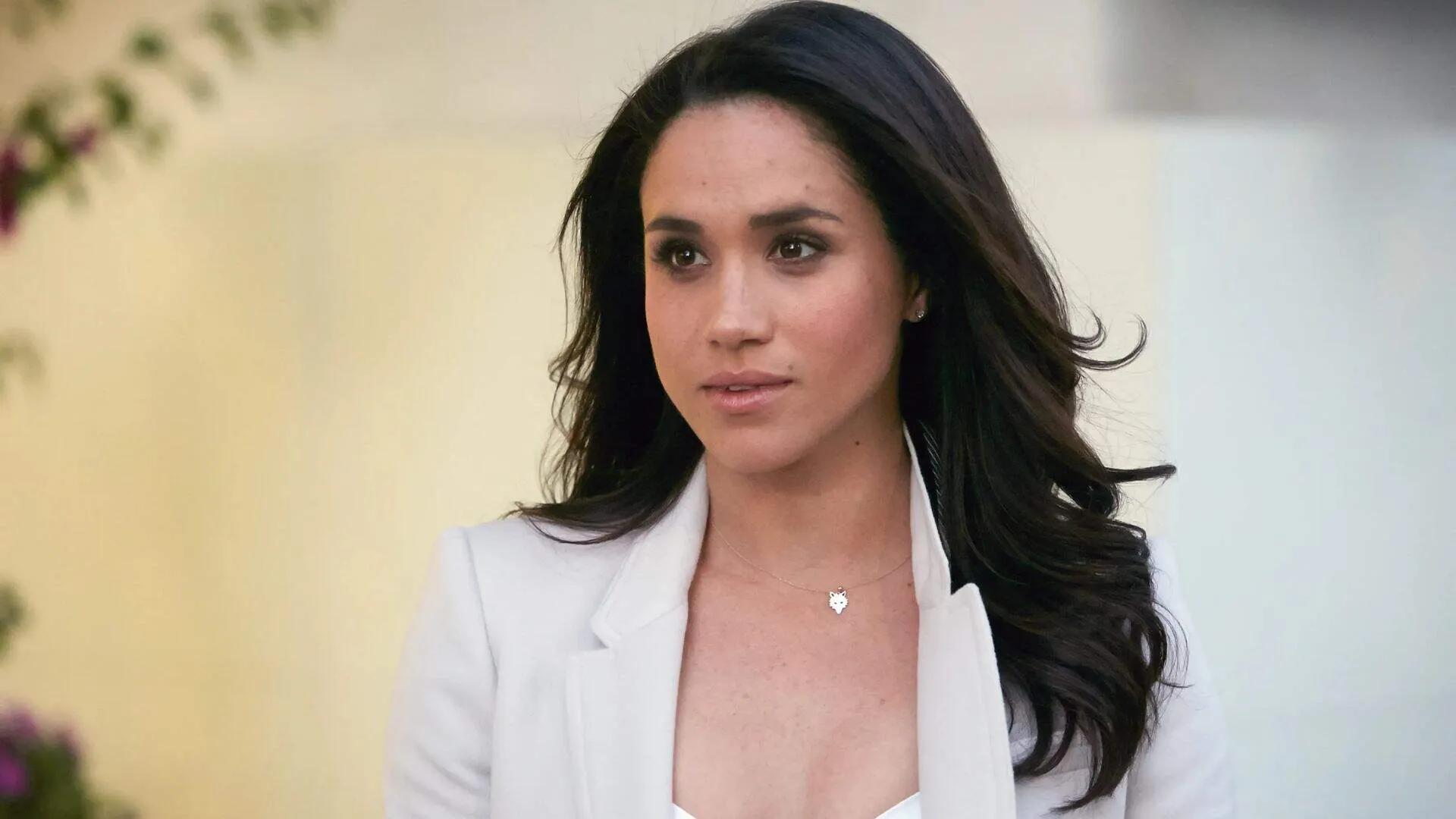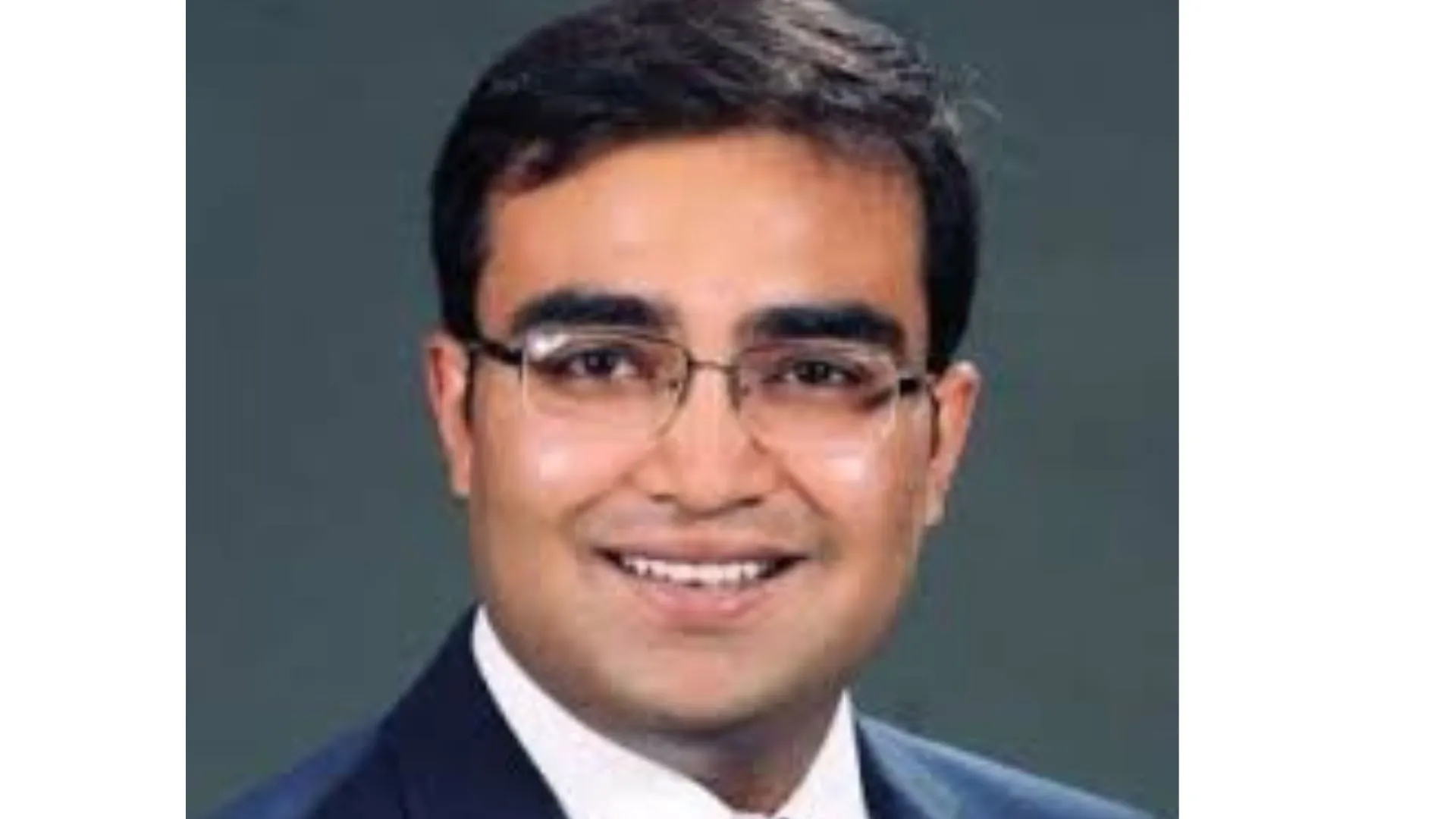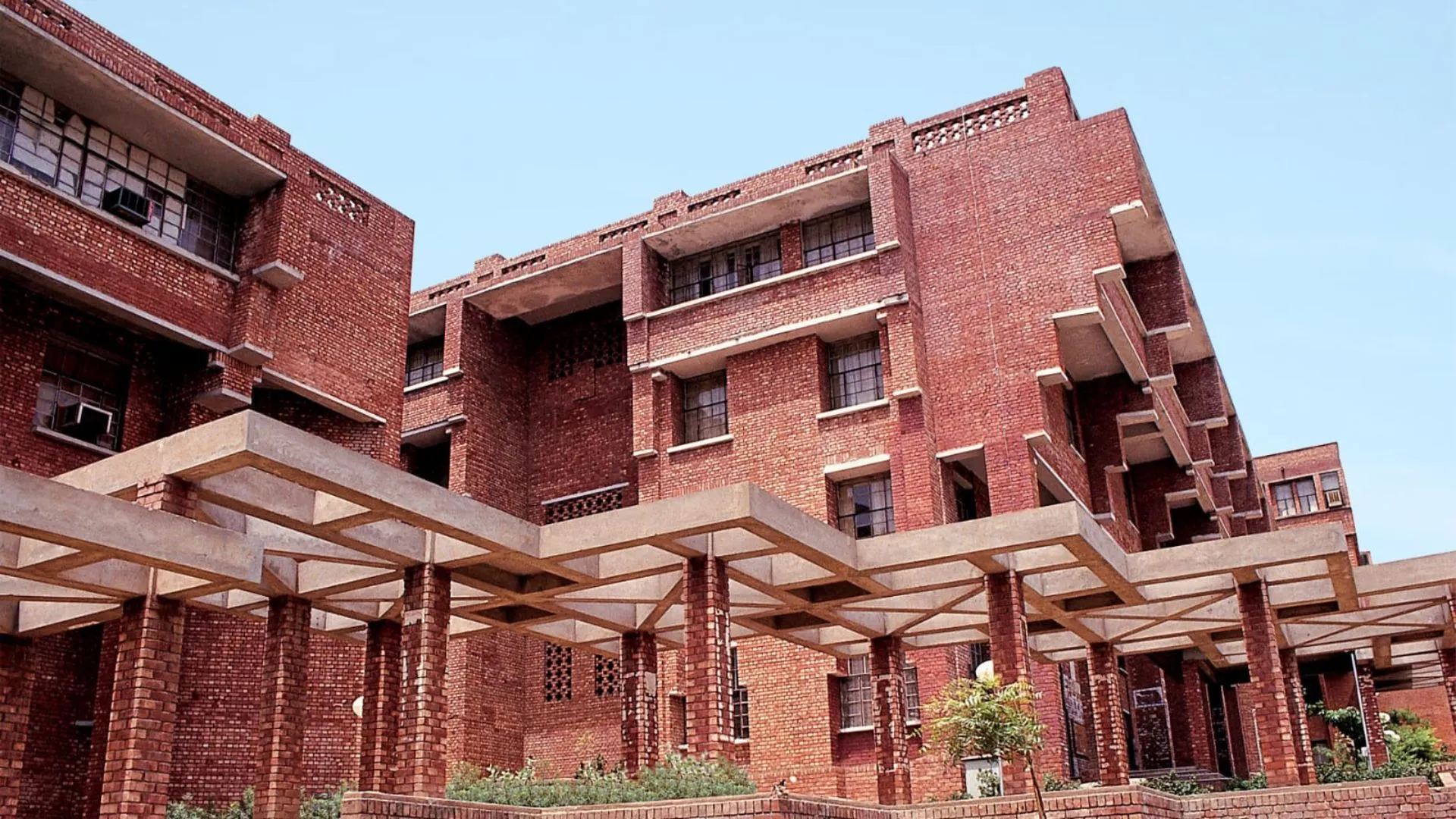The current social and economic structure in India means that, more often than not, women are considered inferior to men. As a result of the social inequalities in their society, women in India can face issues such as demeaning and negative treatment, forceful marriages from a young age, and sometimes even being totally denied an education. This lack of education creates a domino effect on both the social and economic aspects of these women’s lives. For example, the labour force participation rate for women in India fell to 15.5% in 2020 – the lowest rate ever in India, which has one of the lowest employment rates for women worldwide. Even when women are able to access employment, the gender pay gap between women and men is unequal, and women are less likely to be employed in permanent positions than men are. The effects of the COVID-19 pandemic worsen an already critical situation for women. Women also face higher risks with regards to their health. Inadequate and poor nutrition, coupled with a lack of access to primary healthcare are major contributors to India’s high rates of female mortality. With COVID-19, women’s safety in India is more compromised as access to protective equipment and even vaccinations can be restricted. This, along with the fact that many women are on the ground responding to COVID-19 cases and caring for the sick, yet very few women hold decision-making authority, means support is vastly needed. These have become major forms of inequality on the basis of gender. Some of the major allocations under Part A of the Gender Budget have been on previously announced schemes such as Nirbhrya Fund, Saksham Anganwadi and Poshan 2.0, SAMARTYA and SAMBAL (part of Mission Shakti encompassing Beti Bachao Beti Padhao, Creche, Pradhan Mantri Matru Vandana Yojana) etc. Major Part B allocations include Samagra Shiksha, Flexible Pool for Reproductive and Child Health (RCH) and Health System Strengthening, National Health Programme and National Urban Health Mission, Pradhan Mantri Awas Yojana (Urban), Mahatma Gandhi National Rural Employment Guarantee Scheme, to name a few. Beyond this, some initiatives have an impact on the lives of women but are not part of the Gender Budget. For example, under the Jal Jeevan Mission, the “Har Ghar Nal Se Jal” scheme aims to provide household tap connections to all rural households, improving the quality of life for women, which is not part of the Gender Budget. Union Budget 2022-23 has also allocated INR 60,000 crores for the ‘Har Ghar, Nal Se Jal’ scheme to increase its coverage to 3.8 crore households during the financial year 2022-23. The Gender Budget is expected to assist women to recover and grow through the generation of economic opportunities for them. Further, the Gender Budget in India continues to evolve in line with learnings and recommendations year-on-year, as a fiscal tool to bridge the prevalent gender divide. Gender budgets have come to be recognised as a fiscal tool to rectify gender inequities and ensure women have access to socio-economic benefits as much as men. With this aim in mind and to bridge the prevailing gender divide, India began issuing gender budgets in 2005. India’s gender budgets have succeeded in drawing attention to pressing gender issues. Now, given the adverse impact of Covid-19 on women and girls, gender-responsive budgeting has become more critical than ever. Union Finance Minister Nirmala Sitharaman presented India’s 17th gender budget on February 1. In her speech, the FM emphasised shifting the focus from women’s development to women-led development. In the context of the ongoing health crisis and the exacerbating gender inequalities, it is essential to understand whether the current gender budget truly serves as an instrument for ushering women-led development in the post-pandemic era. The direction provided by India’s 2022-23 budget predominantly focuses on stimulating growth, with several new initiatives launched to place the country on a well-defined path of economic recovery. Taking this vision forward, India’s gender budget 2022-23 also aims to address challenges women face and create opportunities for inclusive development. But unfortunately, despite the country’s big vision, the quantum of this year’s gender budget, like previous years, has continued to remain below five per cent of the total expenditure and less than one per cent of the gross domestic product (GDP). Meanwhile, in terms of absolute numbers, Rs 1,71,006.47 crore has been allocated for women-centric schemes under the gender budget 2022-2023, which is an increase of 11.5 per cent from Rs 1,53,326 crore allotted in the 2021-22 budget estimates (BE). However, as a proportion of total expenditure, the gender budget has declined from 4.4 per cent to 4.3 per cent for 2022-23. This is despite the 4.72 per cent of the total expenditure allocated to women’s programmes in the pre-pandemic era of 2020. According to an analysis by the All India Democratic Women’s Association, the overall gender budget has decreased from 0.71 per cent of the GDP of the revised estimates (RE) for 2021-22 to 0.66 per cent of the BE for 2022-2023. Under the current gender budget, the Part A component, which comprises 100 per cent women-specific schemes, has been allocated Rs 26,772.89 crore, increasing by six per cent from the last gender budget where Rs 25,260.95 was allocated. Part B, which includes programmes where at least 30 per cent of the allocation is for women, has witnessed a hike of 12 per cent compared to last year, increasing from Rs 1,28,749.83 to Rs 1,44,233.58 crore. And though the gender budget in India has evolved with learning and recommendations year after year, witnessing an eleven-fold increase in the last 17 years, women have, in reality, continued to form the country’s untapped potential. But the onset of the Covid-19 pandemic has further heightened their vulnerabilities where women are experiencing disproportionate job losses, layoffs, and slower employment recovery. In January 2022, the size of the female labour force in India was still 9.4 per cent smaller than in January 2020. Meanwhile, the rate of the male labour force has already recovered to the pre-pandemic levels. The Covid-19 health crisis has pushed more and more women towards casual labour. From January to March 2021, women accounted for 9.3 per cent of the casual labour force against 7.7 per cent during January to March 2020.
The current gender budget was, thus, expected to provide assistance to women to recover and grow through economic opportunities, tax benefits, formal sector jobs and better financial inclusion. However, approximately 91 per cent of the increase in this year’s gender budget is from schemes in Part B, which are only 30 per cent reserved for women. In contrast, the increase in Part A that is entirely reserved for women only received a meagre hike. While one might think these percentages are staggered across ministries, the truth is that a total of 10 schemes constitute nearly 80 per cent of the gender budget 2022-23. This clustering of the gender budget into a few schemes is, nonetheless, indicative of the lack of gender mainstreaming, particularly in job-creating sectors, including infrastructure or industrial development. The Mahatma Gandhi National Rural Employment Guarantee Scheme (MGNREGS), of which women constitute a large number of the beneficiaries and often depend on it for employment, has been reduced by 20 per cent. Evidently, women-centred employment opportunities have not been prioritised in the current gender budget, especially in rural areas. But apart from women employees, the situation of women entrepreneurs also appears calamitous. According to the National Sample Survey (NSS), less than 21 per cent of women are in the MSME sector in India, concentrated across industries hardest hit by the pandemic, such as hospitality, tourism, salons, etc. To help these women entrepreneurs to recover efficiently, the government should have provided tax relaxations or incubation centres so that small brands could sustain themselves. However, fiscal response measures in the current gender budget have failed to protect the affected women-led MSMEs and did not provide them with any tax relief. In her budget speech, the FM announced that nearly two lakh Anganwadis would be upgraded this financial year to have better infrastructure and audio-visual aids to improve early childhood development environments. But the schemes that will cover these expansions, such as the Saksham Anganwadi and Poshan 2.0 schemes of the Ministry of Women and Child Development, have received Rs 20,263.07 crore, a little hike of 0.75 per cent from last year’s budget.
The education sector has been a significant gainer for this financial year, with allocations for the Samagra Shiksha scheme for school education increased by 25 per cent. The Department of Higher education received a 10 per cent hike. But despite this laudable move, allocations for the National Scheme for Incentive to Girl Child for Secondary Education, a key programme to bridge learning losses for teenage girls as schools reopen, has been provided with no allocation at all. Lest we forget, women’s access to education at all levels is an essential prerequisite for development and building a better society. Apart from rising unemployment and income losses, growing vulnerabilities due to the pandemic have also confronted women in India with increased unpaid care work burdens, more domestic violence cases, and the widening gender digital divide. Yet, schemes that focus on providing safety to women, such as One Stop Centres, Mahila Police Volunteer, Women’s Helpline, Nari Adalat, have declined from Rs 587 crore in 2021 to Rs 562 crore this year. In addition, the Digital Saksharta Abhiyan targeted towards the promotion of digital literacy saw a reduction of 17 per cent in this year’s gender budget and allocation for the Digital India Programme was reduced to zero.
Overall, the focus of the 2022-2023 gender budget might have been on alleviating gender inequality, but in reality, it has failed to present a sensitive front to prioritise critical challenges that women are facing in light of the ongoing pandemic. However, given that India’s economic growth had already been witnessing a decline even before the onset of Covid19, its revival in the post-pandemic era will be impossible if women continue to be left out. It is perhaps time that the Indian government begins to walk its talk on bringing about women-led development. Gender Budgeting has been pitched as a tool to rectify the gender inequity and ensure that benefits of socio-economic development reach women as much as men. India has had a Gender Budget component in the Union Budget since 2005-06. The Gender Budget statement comprise of two parts: A and B. While Part A highlights the Women Specific Schemes, with 100% allocation for women, Part B includes schemes where at least 30% of the allocation is for women.
While the Gender Budget has risen in absolute terms in 2022-23, it has shrunk as a percentage of total Budget expenditure. Following are 10 key takeaways from this year’s Gender Budget:-
A total of Rs 1,71,006.47 crore has been allocated for women-centric schemes under both parts of the Gender Budget. This is an over 11% increase from Rs 1,53,326.28 crore allocated in the 2021-22 Budget Estimates. However, as a percentage of total expenditure, gender budget has marginally declined from 4.4% in 2021 to 4.3% this year. For an additional perspective, Gender Budget was 4.72% of the total expenditure in 2020 – the pre-pandemic Budget. Women-centric schemes under Part A have been allocated Rs 26,772.89 crore. This is a marginal 6% rise from the last Budget, when Rs 25,260.95 crore was allocated. Part B, which includes schemes with significant focus on women, continues to have a larger share in the Gender Budget allocation. Rs 1,44,233.58 crore has been allocated for Part B schemes, which is 84% of the total Gender Budget allocations. The Part B component this year has seen a 12% hike compared to last year, when Rs 1,28,749.83 crore was earmarked. Two urban schemes – Pradhan Mantri Awas Yojana (Urban) and Deendayal Antodya Yojana – National Urban Livelihoods Mission (DAY-NULM) – together get Rs 23,405.06 crore while two rural development ministry schemes – National Rural Livelihood Mission-Aajeevika and Mahatma Gandhi National Rural Employment Guarantee Scheme – get Rs 32,668.21 crore. These four schemes comprise nearly 39% of Part B. Two schemes of the rural development ministry – ‘Pradhan Mantri Awaas Yojana’ and Indira Gandhi National Widow Pension Scheme – comprise 82% of the Part A. Women safety schemes under ‘SAMBAL’ – One Stop Centre, Mahila Police Volunteer, Women’s Helpline, ‘Swadhar’, ‘Ujjawala’, Widow Homes – have seen a decline in allocation from Rs 587 crore in Budget 2021 to Rs 562 crore this year. In Part A, ‘SAMARTHYA’, which includes flagship schemes like ‘Beti Bachao Beti Padhao’ and ‘Pradhan Mantri Matru Vandana Yojana’, has seen a hike of over Rs 105 crore from last year, rising from Rs 2,432 crore to Rs 2,547.11 crore. SAMBAL’ and ‘SAMARTHYA’ together constitute the umbrella scheme ‘Mission Shakti’, which aims to protect and empower women. ‘Mission Shakti’ has been allocated a little over Rs 3,100 crore in this year – a marginal rise of less than Rs 100 crore from 2021.
The participation of women and men in formal and informal decision-making structures varies greatly between countries, but is generally in favour of men. Institutional as well as cultural, economic and societal factors limit women’s opportunities and abilities to participate in decision making. Women’s low political representation is therefore often used as an indicator of gender inequality. Women are underrepresented not only in the political sphere but also in decision-making within the private sector, at the village level and in civil society. At the local level, men usually dominate positions of power, including as religious and traditional leaders, local politicians and village elders. Women’s representation and leadership tend to be confined to areas that are traditionally ‘feminine’ such as social welfare. Women’s representation in informal decision-making processes is often more common than their representation in formal positions and structures, but it tends to be hidden and therefore not as highly valued as it should be. In order to deepen democracy at the local, national and international level, it is important to ensure that women and men are able to participate on equal terms in both formal and informal decision-making structures. Poor levels of participation and representation in decision-making bodies is exacerbated, for both men and women, by intersecting discriminations relating to ethnic group, socioeconomic status, religion, disability and sexual orientation.
President Kovind informed that the Centre has trained thousands of such groups and helped them participate as `Banking Sakhi`. “These women are connecting banking services in rural areas to each and every household there,” he said. Highlighting the schemes introduced by the Centre to help women, the President said that the success of Ujjwala Yojna has been witnessed by all and with the help of schemes like Mudra Yojna, more than 15 crore people have been benefited and around 4 crore people have started their own business. President Kovind also mentioned the `Beti Bachao, Beti padhao` campaign, adding that it yielded positive results as the number of girls taking admission in schools has increased significantly. To ensure equality between genders, the Centre has proposed to increase the marriageable age of women from 18 to 21, he said. He said that by brining in a law against Triple Talaq, the Centre has abolished a social evil prevalent in Muslim society, “and Muslim women will no longer need to be accompanied by a blood-relative (Mehram) to go for Haj pilgrimage,” he added. Upliftment of the gender demographic needs investment in government-backed programmes, incubation centres for businesses led by women. MSMEs led by women would benefit from, interest-free loans. Similarly focussing on girls’ and women’s education would go a long way in building a better society.























